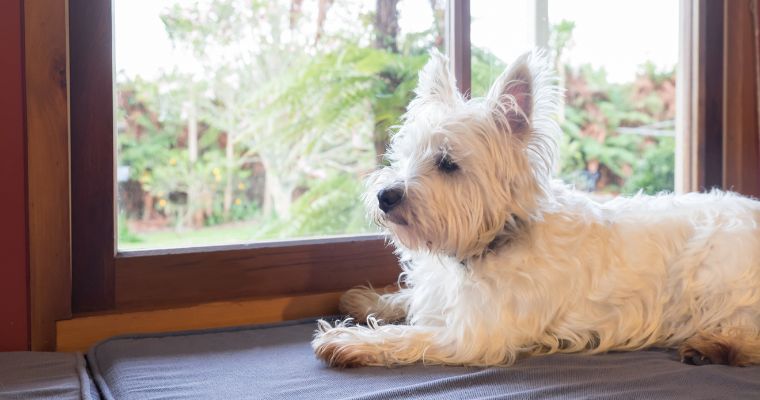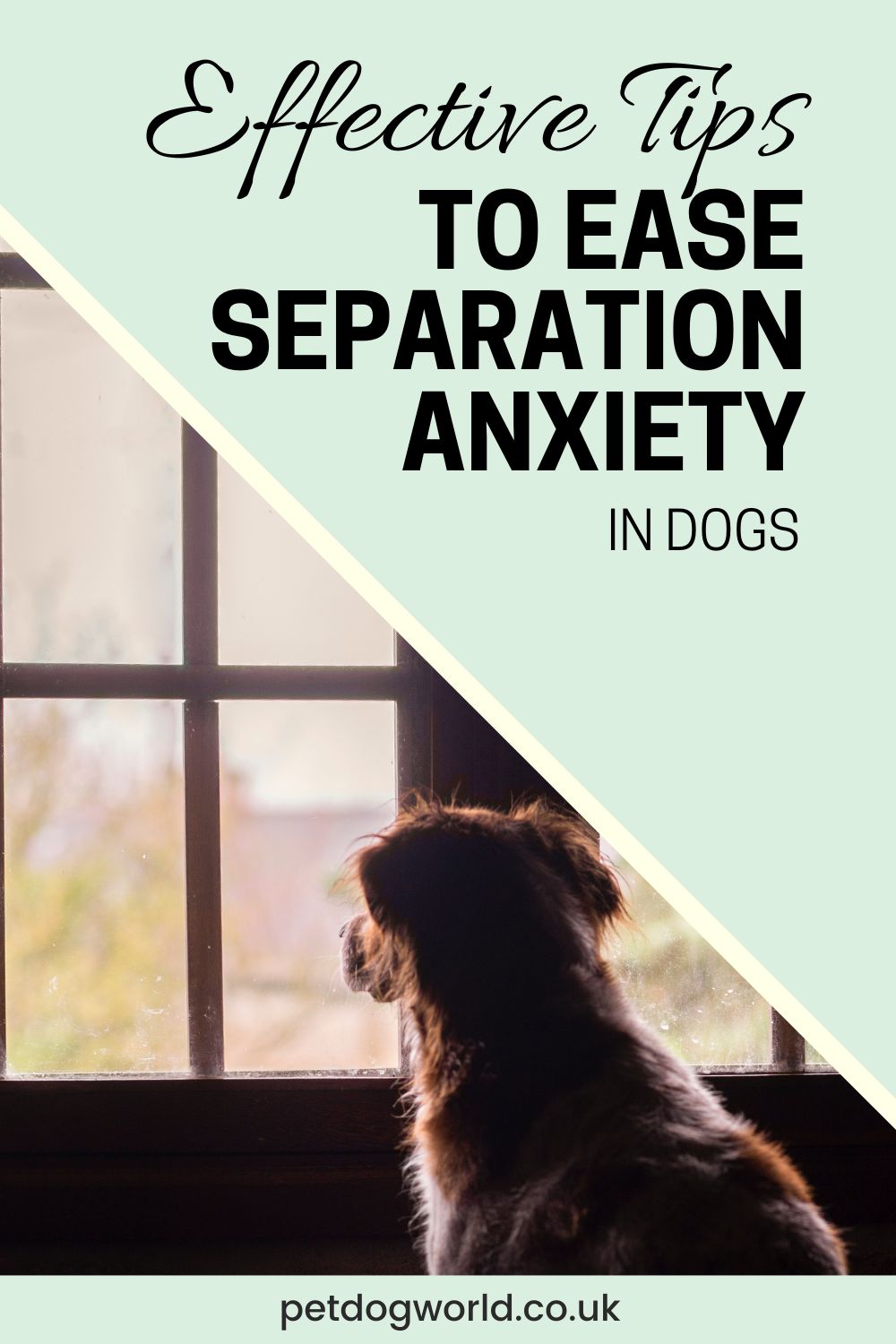
Separation anxiety in dogs is a common concern among pet owners, with many pups exhibiting distressing behaviours when left alone. However, with the right approach and strategies, it’s possible to alleviate this anxiety and create a more peaceful environment for you and your best friend. Here are some effective tips to help reduce separation anxiety in dogs:
Gradual Desensitisation
Start by desensitising your dog to departure cues such as picking up keys or putting on shoes. Perform these actions randomly throughout the day without leaving. This helps your dog learn that these cues don’t always lead to you leaving the house, reducing their anxiety associated with these triggers.
Encourage Independence
Encourage independence by practising short periods of alone time while you’re still at home. Engage in activities like ‘hide and seek’, where you hide a toy or treat and encourage your dog to search for it. This helps them feel more comfortable being alone and builds their confidence.
Avoid Fuss When Leaving or Returning Home
Avoid making a big fuss when leaving or returning home to minimise your dog’s emotional response. Ignore excited behaviour when you return and only greet your dog once they have settled down, reinforcing a sense of normalcy around your comings and goings.
Teach your dog that your departures are no big deal by practising short departures and immediate returns. Gradually increase the duration of your absences in small increments, rewarding your dog for remaining calm. This helps them learn that being alone is not a cause for alarm.
Provide Mental Stimulation While You’re Away
Keep your dog mentally stimulated and occupied while you’re away with enrichment toys such as puzzle feeders, activity mats, and chew toys. These activities provide mental stimulation and help alleviate boredom, reducing the likelihood of destructive behaviour driven by anxiety.
Establish a Routine
Create a consistent daily routine for your dog to provide a sense of security and predictability. Stick to regular feeding times, walks, and play sessions to help your dog feel more relaxed and less anxious about your absence.
Seek Professional Help if Needed
If your dog’s separation anxiety persists despite your efforts, consider seeking help from a professional dog trainer or behaviourist. They can provide personalised guidance and support tailored to your dog’s specific needs, helping you address the underlying causes of their anxiety and develop effective management strategies.
By implementing these tips and being patient and consistent, you can help your dog overcome separation anxiety and enjoy a happier, more relaxed relationship with them. Remember that every dog is unique, so be flexible in your approach and adjust your strategies as needed.


